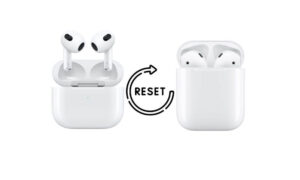
If you’re anything like me, someone who spends a borderline alarming number of hours at their desk, you’ve probably already felt the creeping ache in your wrist or the occasional finger stiffness. Maybe it started as a dull throb after a long day of coding or marketing campaign revisions. But left unchecked, that discomfort can evolve into full-blown pain or even long-term issues like carpal tunnel syndrome or repetitive strain injury (RSI).
Fortunately, with the right tools (and a few smart habits), you can avoid most of that strain entirely. Below, I’ve outlined the best tech tools for preventing hand and wrist pain, based on experience, research, and lots of trial-and-error with gear.
Key Highlights
- Ergonomic mice and keyboards reduce pressure on joints
- Proper desk and monitor height reduce arm strain
- Tools like vertical mice and split keyboards are more than gimmicks, they’re game changers
- Positioning and posture matter just as much as the tech itself
- You don’t need to overhaul your whole setup, small upgrades go a long way
Start With the Mouse ─ Your Hand’s Most Frequent Tool
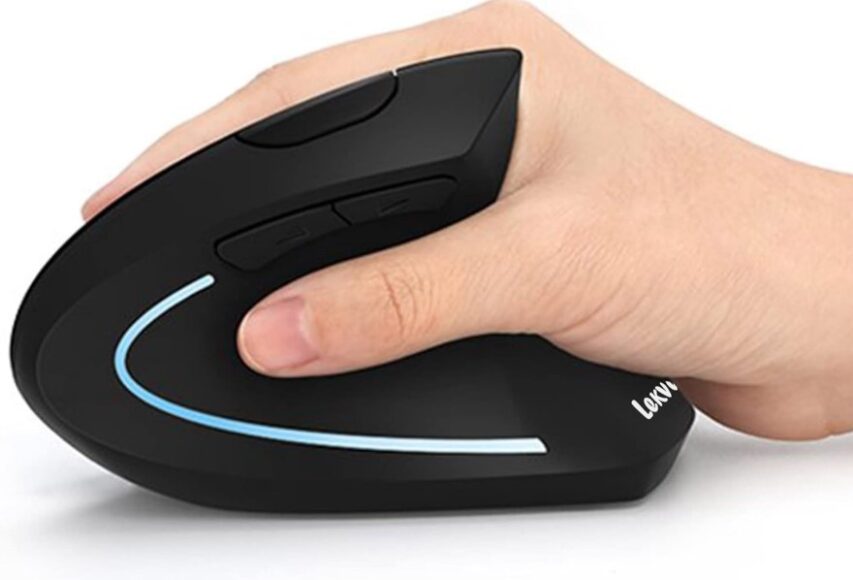
Most people underestimate how much repetitive micro-movement the hand endures with a traditional mouse. And for professionals like programmers, editors, or designers who live on that left-click, it adds up fast.
Switching to a vertical ergonomic mouse was one of the most immediate improvements I felt in my own setup. Instead of forcing your wrist into an unnatural flat position, a vertical mouse allows your hand to rest in a more neutral, handshake-like pose.
If you’re unsure where to start, I recommend the Lekvey Ergonomic Mouse. It’s wireless, rechargeable, and affordable, but more importantly, it encourages a natural wrist angle that alleviates the strain traditional mice often cause. Within a week of using it, I noticed I wasn’t flexing my wrist as often and that end-of-day soreness started to fade.
Plus, it has back and forward buttons conveniently placed near the thumb, great for workflow efficiency, especially when you’re jumping between browser tabs or folders.
Don’t Ignore the Keyboard ─ Your Fingers Deserve Better

After the mouse, your keyboard is the next culprit. Standard flat keyboards often force your wrists into an awkward, slightly bent position, and doing that for hours daily can lead to major discomfort.
Here’s what to look for in a hand-friendly keyboard setup:
Split Keyboards
These separate the left and right-hand keys, letting your arms rest at a more natural angle. Some also include tenting options (tilting inward or outward), which can relieve pressure from your forearms.
Low-Force Mechanical or Scissor Switches
Keyboards with higher actuation force require you to press harder. If you’re typing thousands of words a day, that added resistance becomes a real problem. Low-force switches reduce fatigue.
Negative Tilt or Adjustable Angles
Instead of angling up (like most keyboards), a negative tilt angles the keyboard downward, reducing wrist extension and allowing a more neutral posture.
Recommended picks:
- Kinesis Freestyle2 (split, tenting, modular)
- (curved with palm rest)
- Keychron K3 (low-profile, mechanical, hot-swappable)
Wrist Rests Aren’t Optional (But Choose Wisely)
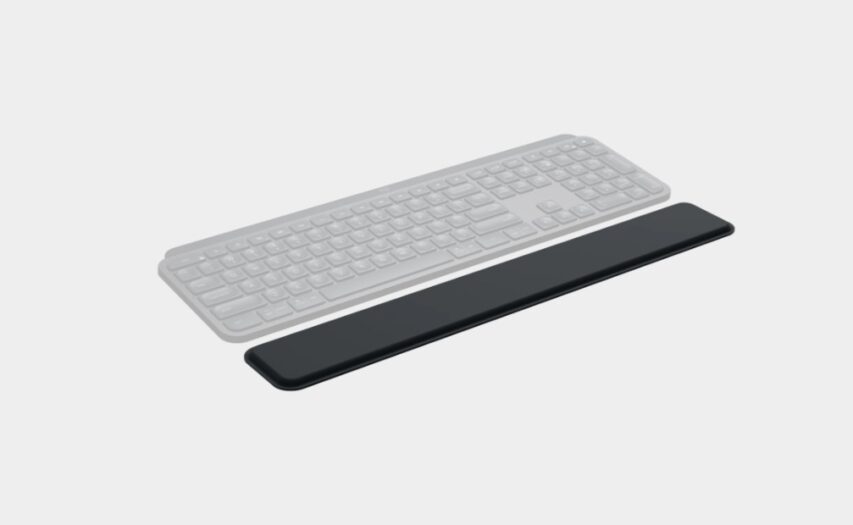
Some people assume wrist rests are just accessories. They’re not. A good wrist rest supports the palm and helps you maintain a neutral hand position, especially when typing or navigating for long periods.
But not all wrist rests are equal. Cheap gel ones can wear out fast or become too squishy, causing you to overcompensate with your fingers.
Best options:
- Memory foam or firm rubber-based rests
- Cloth covers that allow airflow and prevent stickiness
- Sized correctly to match your keyboard or mouse
If you use a mechanical keyboard, pair it with a thicker wrist rest for better alignment. For low-profile boards, a thinner rest works better.
Monitor Placement & Arm Positioning ─ Often Overlooked, Always Crucial
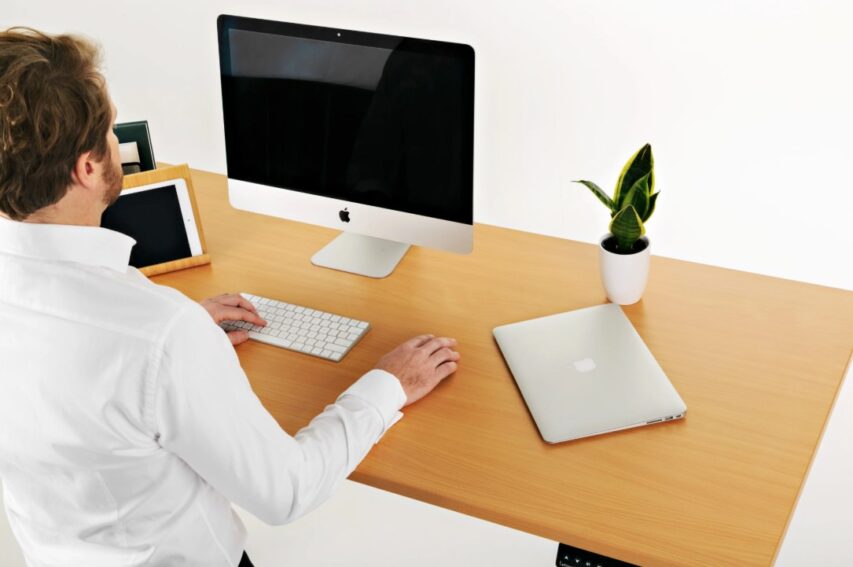
Even if you have all the ergonomic tech in place, poor monitor height can ruin everything. When your monitor is too low, you’ll likely hunch forward, which causes your shoulders to tighten. That tension runs down your arms and, guess where it ends up? Your wrists.
Here’s a quick checklist for desk ergonomics:
- Monitor top is at or just below eye level
- Elbows bent at ~90 degrees
- Wrists floating (not resting constantly)
- Keyboard at elbow height or slightly below
- Feet flat on the floor (or footrest)
If you’re using a laptop without a docking station or external monitor, invest in a laptop stand and a separate keyboard/mouse. This will dramatically improve your upper body alignment.
Try Trackpads, Pen Tablets, or Alternate Input Devices
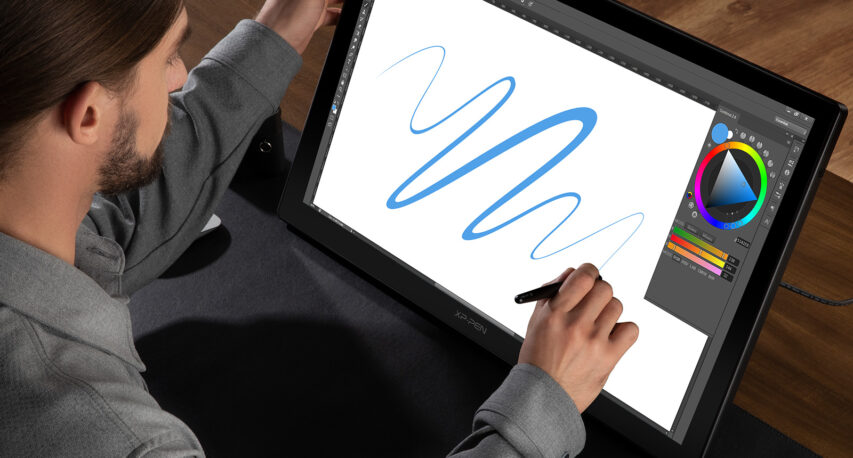
Sometimes, the best tool for reducing pain isn’t a mouse at all. If your work allows for it, you can alternate your input method throughout the day to reduce strain in one area.
Other devices to consider:
- Trackpads – Great for gestures and less tension, but not ideal for precision tasks
- Pen tablets (Wacom, XP-Pen) – Fantastic for designers or illustrators, and they place your hand in a writing posture
- Roller bar mice – Sit in front of your keyboard, allowing ambidextrous use without shoulder rotation
You don’t have to replace your mouse completely, just alternating for even 30 minutes a day can help reduce repetitive stress.
Voice Dictation and Keyboard Shortcuts ─ Free Tools That Reduce Clicks
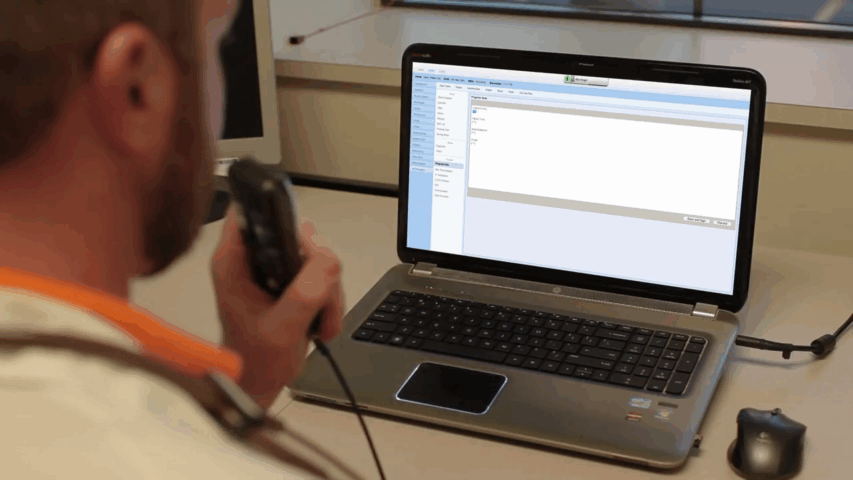
One of the simplest ways to reduce wrist movement is to… use your hands less. Seriously.
Use Voice Dictation
Modern dictation tools are surprisingly accurate. I use voice typing in Google Docs when I’m drafting long articles or outlines. Mac and Windows both offer built-in speech-to-text tools, and apps like Otter.ai are great for transcribing notes.
Learn Your Shortcuts
If you haven’t memorized your most-used app shortcuts, start today. The less you reach for your mouse, the better your hands will feel. Just mapping a few macros (using apps like AutoHotkey or BetterTouchTool) can shave off hundreds of movements per day.
Don’t Forget Micro-Breaks and Stretches

Even the best tech won’t protect you if you’re locked in place for 8 hours. I set a 45-minute timer using an app called Stretchly, it gently reminds me to get up, stretch, and roll out my wrists. You don’t need a full yoga session. Just 1–2 minutes of wrist rolls, shoulder shrugs, or squeezing a hand grip trainer can keep blood flowing.
Try these simple desk stretches:
- Wrist extensions and flexions
- Finger pulls
- Shoulder circles
- Elbow squeezes behind the back
Invest Early, Save Yourself Pain Later
Most of us don’t think twice about the tools we use daily until they start hurting us. But prevention is always easier (and cheaper) than treatment. Investing in a more ergonomic setup is like buying better tires for your car. You won’t feel the difference immediately, but over time, your hands, wrists, and shoulders will thank you.
The good news is that you don’t have to drop thousands on a new workspace. Swapping your mouse, adding a keyboard rest, or elevating your monitor are all quick wins that can change how your body feels by the end of the day.
Your hands are the gateway to your productivity. Treat them well.





